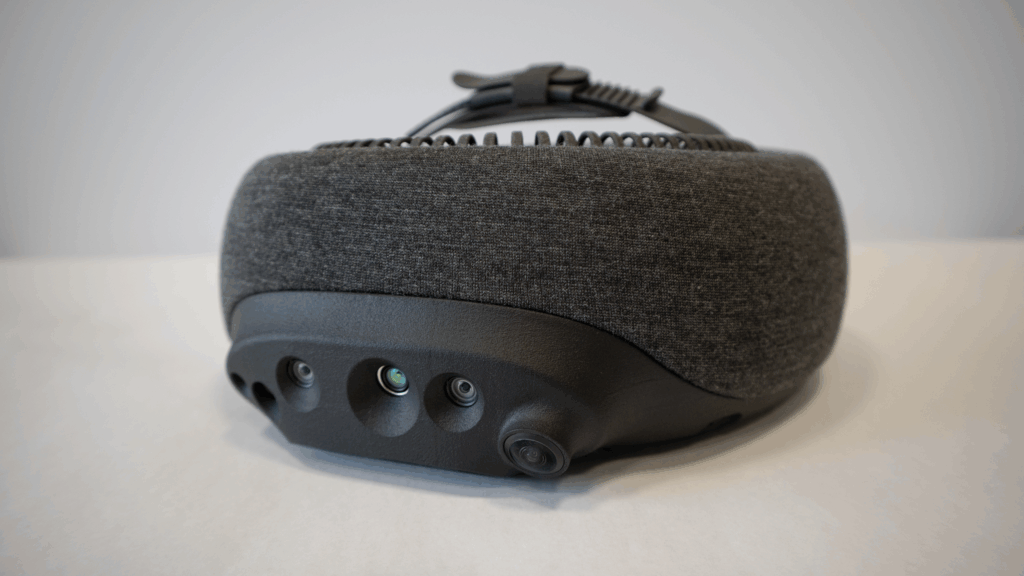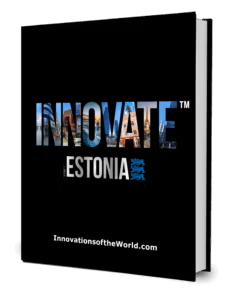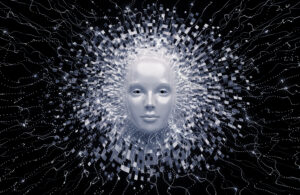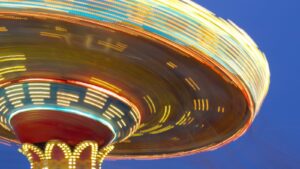7Sense is a deep-tech and life science start-up developing telehaptic technology for the blind. It allows users to feel their surrounding environment through a sense of touch on the forehead. In simple words, the user feels surrounding objects—their shape, size, motion, speed, and distance.
Traditionally, haptics has meant small vibrating motors that give simple linear signals. But 7Sense has taken a huge leap forward: generating, in real time, extremely high-resolution haptic images that mimic the sensation of real human touch.
As one Norwegian blind user said: “If I put the ball on the table and look at it, it feels like I have a physical ball projected onto my forehead.”
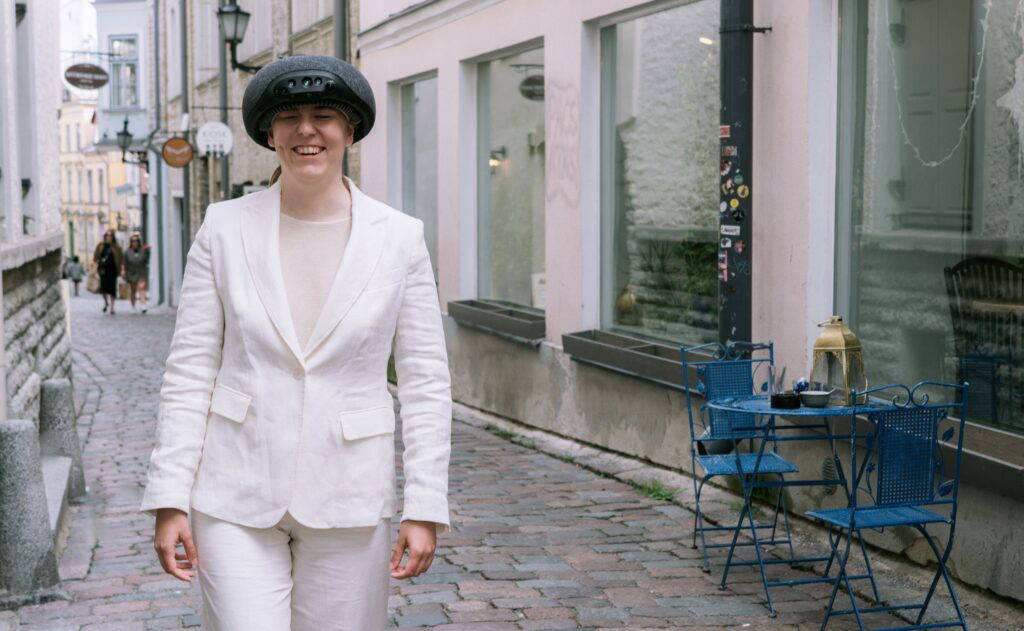
FROM MEXICAN HAT TO CREATING AN ARTIFICIAL SENSE
The idea began 15 years ago, when CEO and inventor of telehaptics Johannes Väänänen was on vacation in Mexico. He was having a good time at a bar where they handed out massive sombreros.
At the end of the night, walking through the crowded room full of still-partying people, Johannes noticed the edge of his sombrero nudging others—and that’s when the lightbulb went off: “What if we could digitalize this?
“I think the aid is brilliant. I put on SuperBrain as soon as I woke up to orient myself around the guest room. It worked very well in the morning. I often get stressed after waking up because my eyes are full of ‘fog.’ It normally takes me 45 minutes just to get out of the room. With the helmet, it took me 5 minutes to figure everything out.”
”He built the first proof of concept using a mining helmet with an Xbox Kinect camera mounted on top, developing the first tactile interface for the forehead. The helmet had to stay wired to the ground to feed its huge energy demands, but it worked.
Fast forward to 2024: the 7Sense team of seven launched SuperBrain 1—a non-invasive wearable headset with a commercial-grade haptic mat.
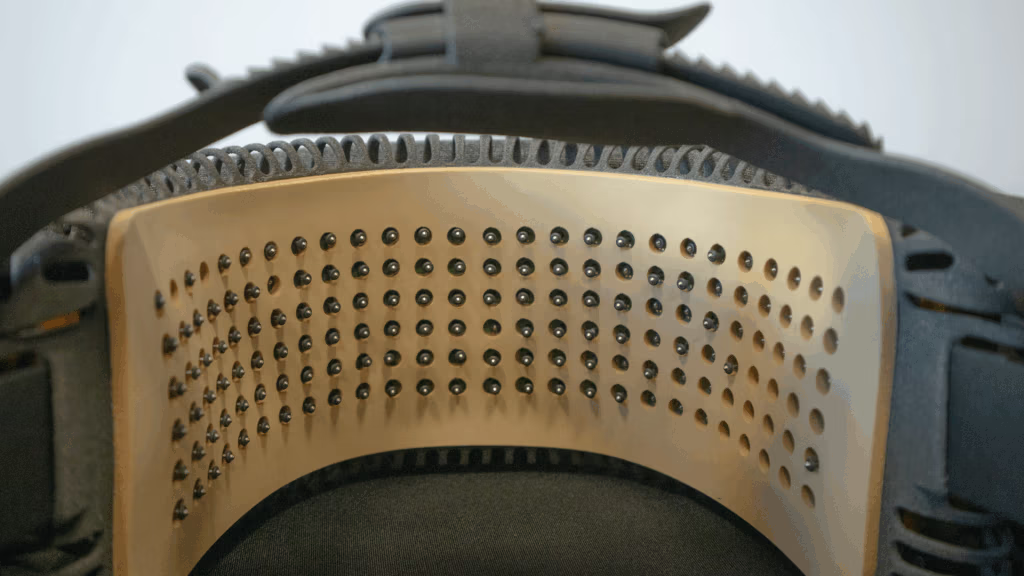
HOW LONG DOES IT TAKE TO LEARN?
In 2025, 7Sense began large and small-scale pilot projects in 11 countries, from Canada to Taiwan, and the results have been astonishing. Within just 10 minutes of practice, blind and visually impaired users could already walk around as if with natural vision. They could sense objects in front of them—and some even managed to catch a ball mid-air.
While SuperBrain 1 is just the first-generation model, designed to demonstrate the technology’s capabilities, it already provides incredible value to many.
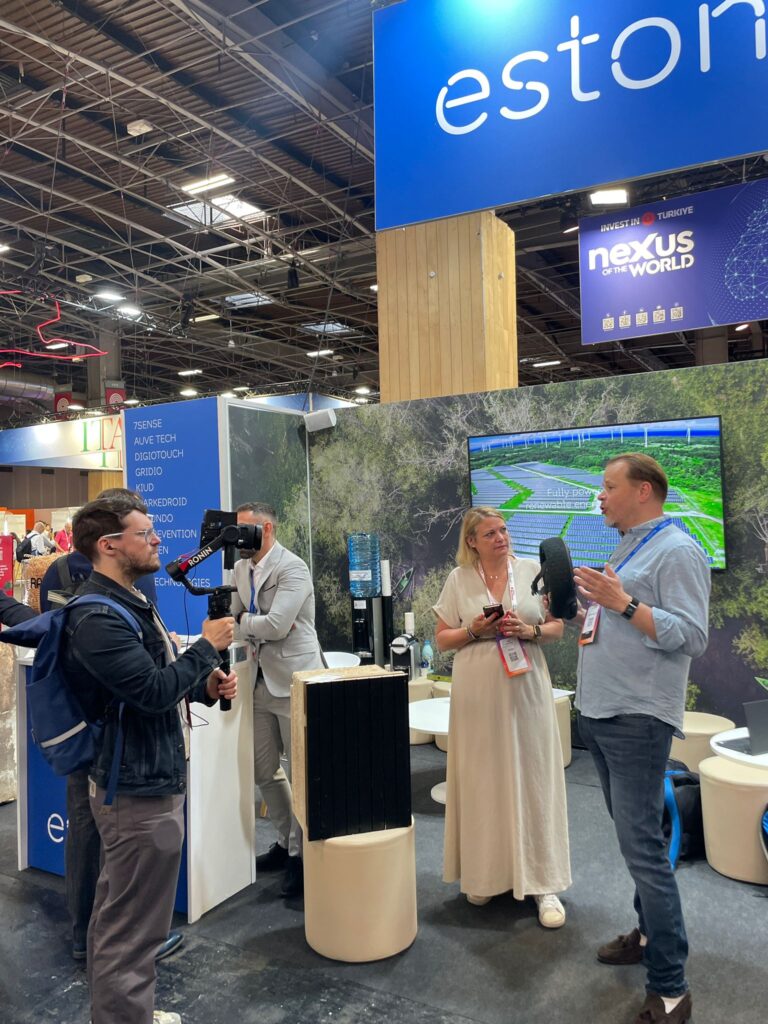
THE FUTURE OF TELEHAPTIC TECHNOLOGY
There have been two great revolutions in the telecommunication industry: Auditory (radio, phone calls) and Visual (TV, cameras). Telehaptics is the third. 7Sense is digitalizing the sense of touch—ready to be applied across healthcare, automotive, defense, entertainment, and beyond.
Imagine sensing what’s happening behind you like a superpower, or driving with zero blind spots because you have full situational awareness through haptics. How many accidents could that prevent?
Our hearing and sight are constantly interrupted, but telehaptics has proven to be an incredibly efficient way to communicate through touch—without interfering with other senses. It creates a direct, instant channel that cuts through environmental noise.
